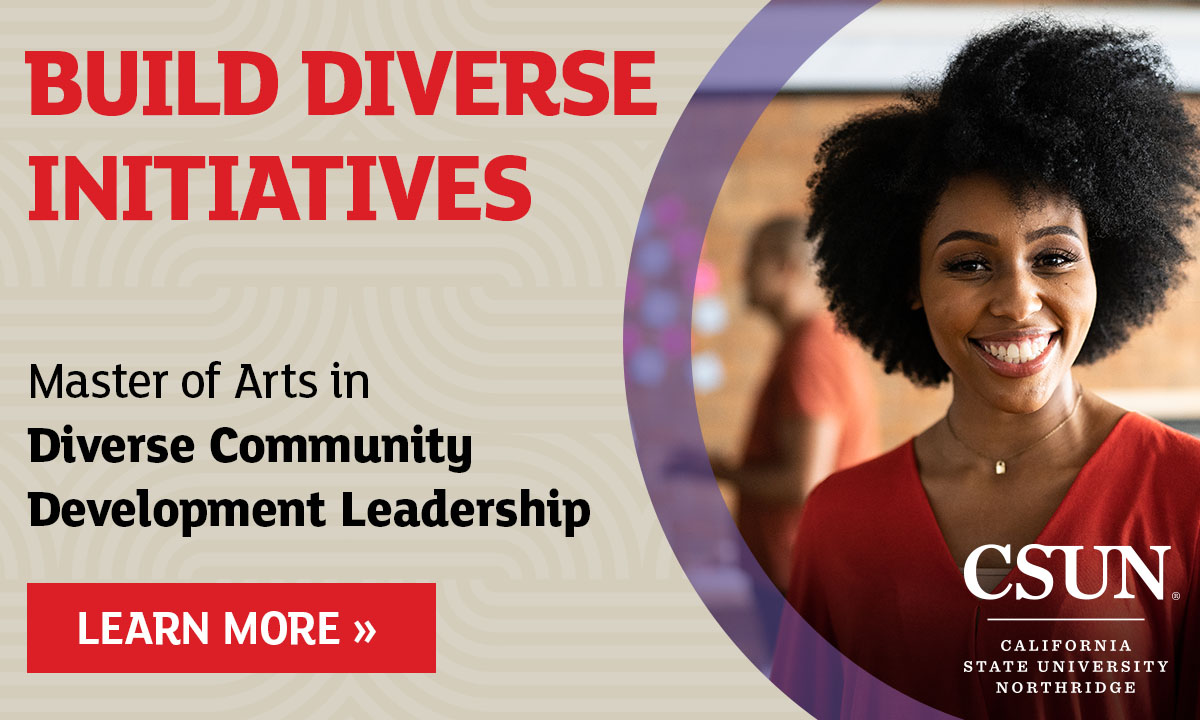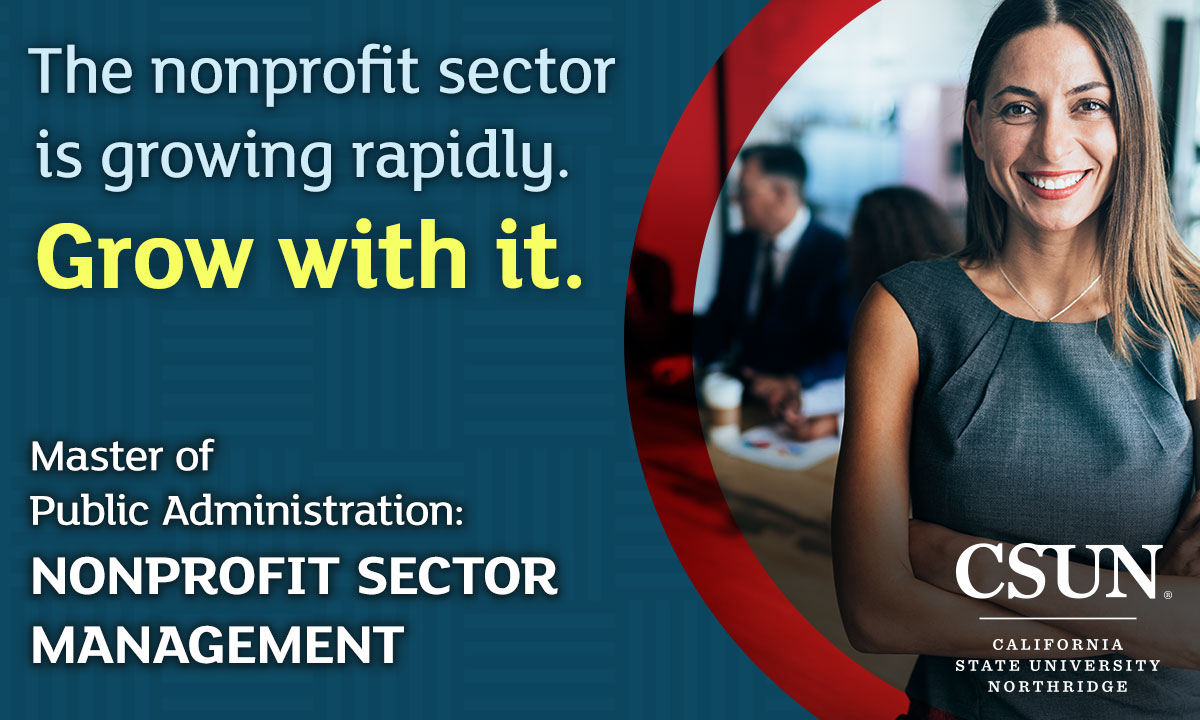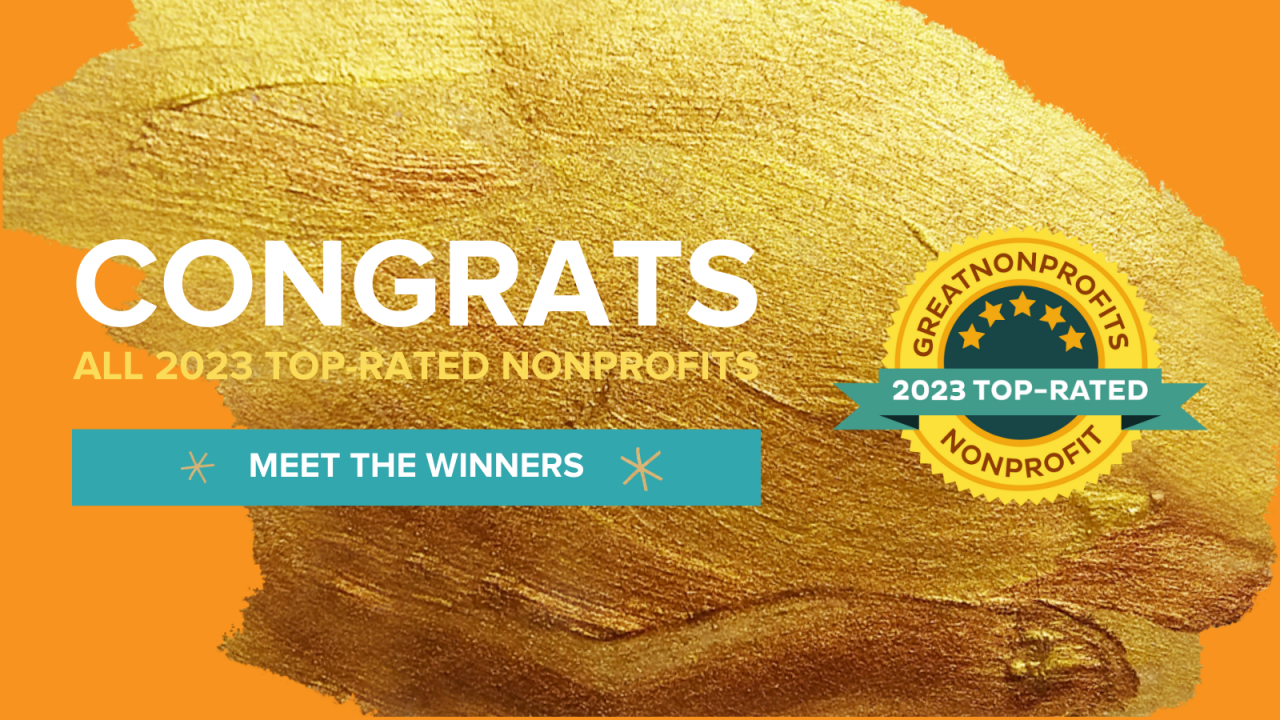Keep It Simple: Lessons On Feedback Tools for Nonprofits

In the 6 years in which my organization, GreatNonprofits, has been collecting beneficiary feedback, we’ve gleaned some lessons. A wide range of nonprofits from cancer support organizations to after-school programs to arts organizations use our tool to collect feedback. These nonprofits range in size and audience from small, grassroots organizations, to well-known international nonprofits.
Our Lessons Learned:
1. Feedback needs to be easy, fast and inexpensive to collect.
Nonprofits should not need to hire a PhD or outside consultants to do this. Nonprofits do not want to take on another large and expensive operational burden. Unless it can be done in-house with existing staff resources, it will not be sustainable.
2. Feedback needs to be easy to understand – for everyone.
Low-income people should be able to submit feedback; nonprofit staff should be able to easily take action based on the feedback and an external audience of donors and volunteers should be able to understand the information as well. It needs to be easy enough for all these audiences to understand what the feedback means.
3. Feedback needs to be dynamic, and part of continuous management improvement.
It should be on-demand – beneficiaries should be able to provide feedback when they want to. And social programs can encourage this process by inviting their beneficiaries – by email or other means – to provide feedback. If the feedback is negative, it benefits the organization to follow-up more in depth and find out why the beneficiary is dissatisfied. (The analogy to the for-profit world is that Apple found that they earned an additional $1000 per hour they spent from calling dissatisfied customers and helping them with their problems.)
4. Feedback, collected by an independent, third-party service is more effective.
As much as internal surveys can be helpful, an independent, third-party service is more effective. Internal feedback surveys are sometimes be biased – they ask the questions that management thinks will elicit positive responses and not ask questions of known weaknesses. And even if the management has all the best intentions, it’s incredibly tempting to remove feedback that is perceived by management to be inaccurate. Having a third-party be responsible for not editing the feedback – which by nature, is subjective – is vital to the integrity of the information and process.
5. Feedback should be public.
If the feedback is collected internally and the data is then owned by the management of the organization, it may never be published publicly or it may be selectively published. Beneficiaries become cynical when their responses are edited, or not visible to the public. As a result, beneficiary response rates decline over time. Public feedback, as long as the management of the organization can also get equal space and be able to respond to the feedback publicly as well, can hold everyone more accountable. It is far harder to ignore and not respond to feedback that is publicly posted online, than when the feedback is filed away in a cabinet.
GreatNonprofits has enabled feedback about over 17,000 nonprofits using these principles and provide our website as a free tool for all nonprofits to use to collect beneficiary feedback. And the potential for growth in this field is still huge.
By actively looking for ways to boost their beneficiary satisfaction, making improvements to their programs, nonprofits can gain more credibility and trust with the public. By showing board members, donors, and grant-makers the measurable gain in beneficiary satisfaction over the years, organizations reassure their funders that they are continuously trying to make funds go farther and make a greater difference.
There are tools available to social sector organizations to help them more easily and inexpensively gain dynamic feedback from beneficiaries. Beneficiary feedback can easily become an integral part of organizational improvement – closing the feedback loop and boosting outcomes and effectiveness in the nonprofit sector.
Perla Ni is the founder and CEO of GreatNonprofits, a website that helps inform and inspire nonprofit excellence through community sourced feedback about nonprofit organizations.




















